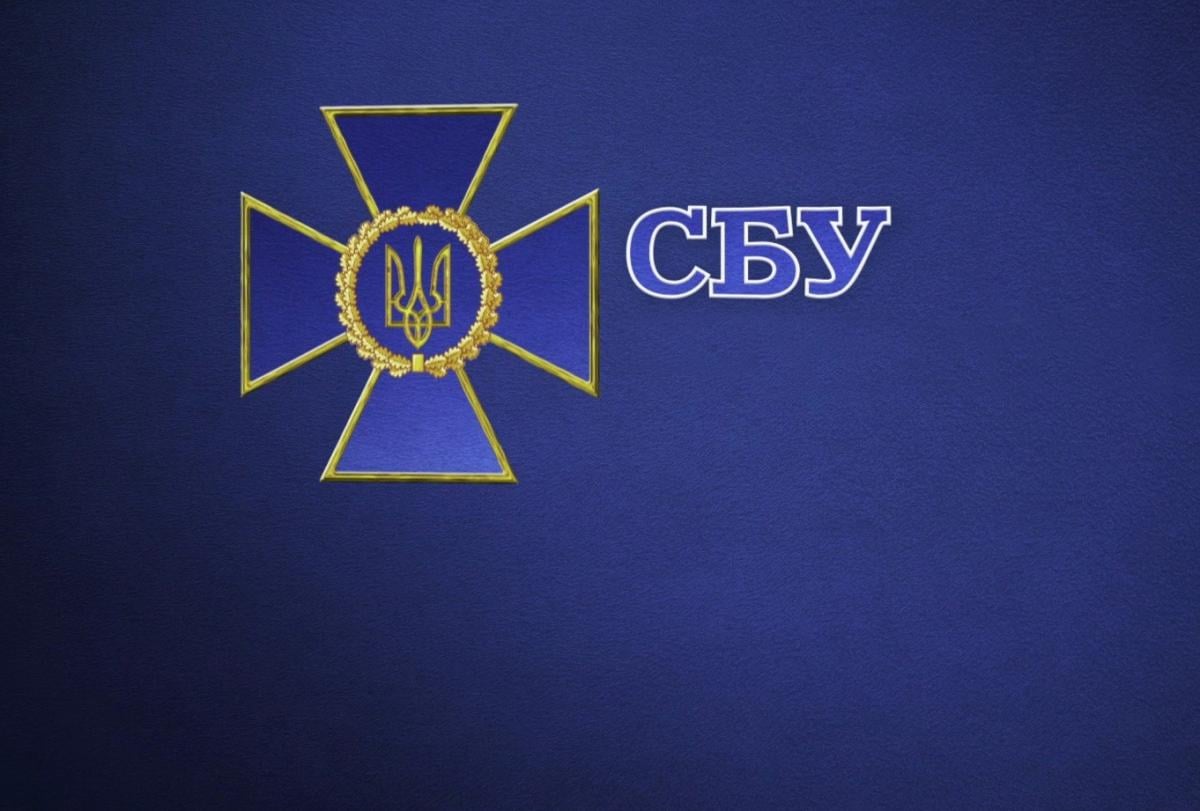
The Security Service of Ukraine says its military counterintel unit exposed and documented the activities of a special information group codename Sapfir set up by Russia’s military intelligence (commonly referred to as GRU) in the occupied Luhansk, as well as a human intelligence network of Russia’s intelligence services in the territories under control of Ukrainian authorities, that's according to Serhii Levchenko, head of military counterintel.
Operatives documented that "Sapfir" by the orders of Russian supervisors organized and carried out anti-Ukrainian information campaigns. The group was also engaged in collecting and analysing information regarding Ukraine's top leadership, the Armed Forces and other military formations, gathering intelligence about the Joint Forces Operation. “We have seen the group intensifying their significantly on the eve of presidential elections,” said Serhii Levchenko.
The information unit's “supervisor” was identified as a Russian military intel Lieutenant Colonel Alexander A. Sazonov who goes by a code name “Pavel Bodrov”.
The Sapfir team had been drafting and then spreading in social networks fake reports, to discredit Ukraine's leadership. In particular, they distributed the fake order of the Ministry of Defense of Ukraine allegedly suspending payments of all bonuses to Ukraine Army troops.
The agitators used social networks to post on behalf of "patriotic forces" fake appeals for anti-government rallies aimed at combating corruption and impeaching the president, including ahead of the elections.
Read alsoKremlin’s plan to sow chaos in Ukraine
One of the key tasks of the group was also to stir up inter-faith hatred. In particular, they had systemically spread posts and reports trying to shape up public opinion, convincing the audience that Ukraine Church can’t be granted the Tomos of Autocephaly. The “Sapfir” group has been constantly engaged in discrediting the SBU Program “Someone's Waiting for You at Home” aimed at having militants turns sides and cooperate, and creating a negative public image of the agency.
The group executed tasks of Russian intelligence with the help of "pro-Ukrainian" and pro-separatist pages in social networks, creating in total over 50 accounts and 130 online groups. To distribute fake messages, the perpetrators used web-pages they had created, IP-telephony messengers, and e-mail boxes. "The offenders also sent provocative leaflets and SMS messages to the Ukrainian military,” said the SBU official, explaining that the aim was to demoralize, confuse, and intimidate the troops at the contact line.

